Your cart is currently empty!
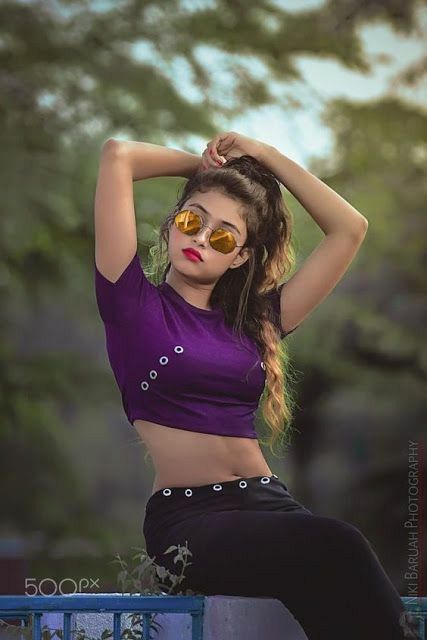
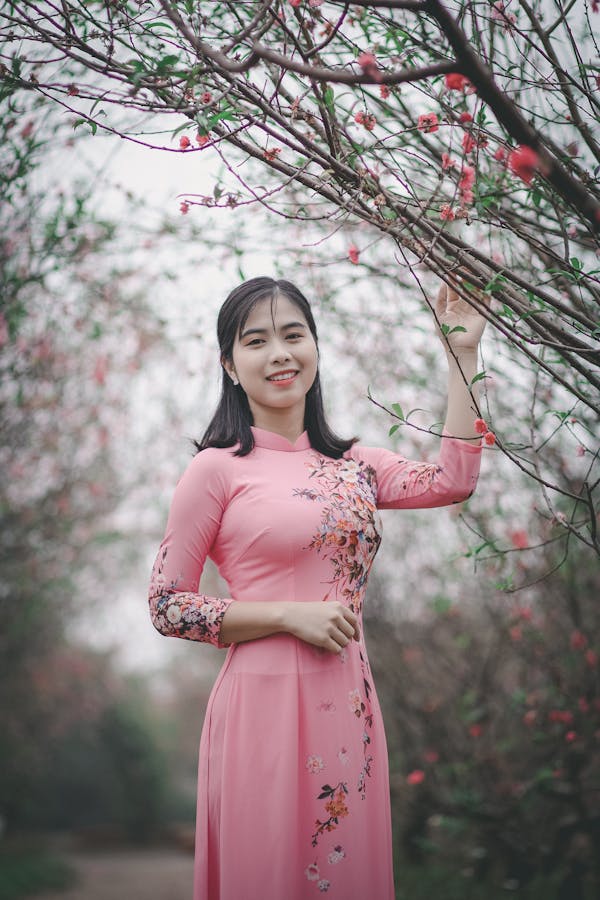
The 1940s was a decade marked by profound changes in society, politics, and women’s fashion. As the world grappled with the impact of World War II, clothing styles adapted to reflect the realities of the time. The decade saw a shift from the opulent and glamorous styles of the 1930s to more practical and resourceful fashion choices. However, despite the constraints, women of the 1940s managed to maintain a sense of elegance and femininity, making this era one of the most fascinating in fashion history.
The Impact of World War Women’s Fashion in the 1940s
World War II had a significant influence on women’s fashion in the 1940s. As the war intensified, many resources, including fabrics and dyes, were redirected towards the war effort. This led to the introduction of clothing rationing in countries like the United Kingdom and the United States. Women were encouraged to “make do and mend,” which meant repurposing existing garments and creating new outfits from old materials.
The Introduction of Utility Clothing Women’s Fashion in the 1940s
One of the most notable changes during this time was the introduction of utility clothing. This type of clothing was designed to be both practical and economical, using minimal fabric and simple designs. Utility clothing often featured boxy silhouettes, short skirts, and broad shoulders, a stark contrast to the more elaborate styles of the previous decade. Despite the limitations, designers managed to create stylish and functional pieces that became iconic of the 1940s.
The Rise of the “Victory Suit”
Another fashion staple of the 1940s was the “Victory Suit.” This outfit typically consisted of a tailored jacket with padded shoulders and a knee-length skirt. The Victory Suit was a symbol of resilience and resourcefulness, embodying the spirit of women who had taken on new roles in the workforce while still maintaining their femininity.
Fashion Icons of the 1940s

Even during wartime, Hollywood continued to influence women’s fashion. Actresses like Katharine Hepburn, Ingrid Bergman, and Rita Hayworth became style icons, setting trends that women all over the world wanted to emulate.
Katharine Hepburn’s Menswear Influence
Katharine Hepburn was known for her androgynous style, often wearing tailored trousers and blouses that challenged traditional gender norms. Her fashion choices reflected the growing acceptance of women in the workforce, where practical clothing became a necessity.
The Glamour of Ingrid Bergman and Rita Hayworth
On the other hand, Ingrid Bergman and Rita Hayworth epitomized Hollywood glamour, with their sleek hairstyles, red lipstick, and elegant evening gowns. These actresses provided a sense of escapism and aspiration, showing that even in difficult times, style and grace could prevail.
The Evolution of 1940s Silhouettes
The silhouettes of the 1940s were distinct, shaped by both necessity and a desire to maintain a sense of femininity.
The Hourglass Shape
Despite the practical nature of 1940s fashion, the hourglass silhouette remained popular. Dresses were often cinched at the waist with belts or fitted bodices, creating a flattering shape. Skirts and dresses typically flared out slightly at the hips, enhancing the hourglass figure.
The Influence of Military Uniforms
Military uniforms also influenced women’s fashion during the 1940s. Jackets with broad shoulders and double-breasted designs became fashionable, mirroring the structure of military attire. This influence extended to accessories, with military-style caps and buttoned gloves becoming popular.
Fabrics and Patterns of the 1940s
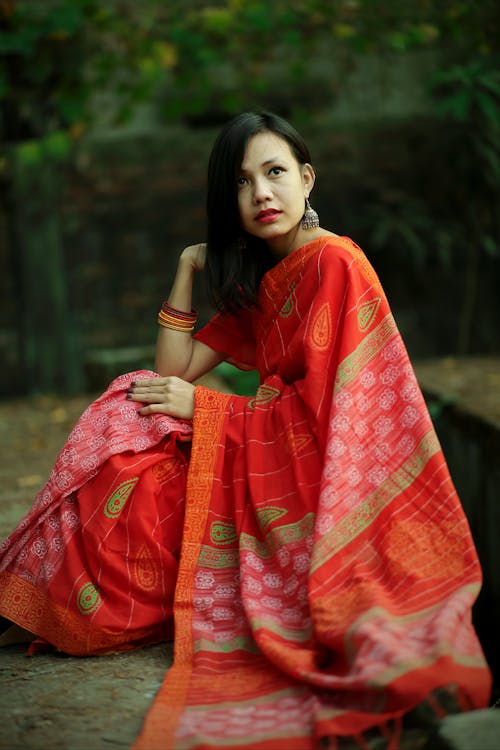
Due to fabric rationing, the 1940s saw the rise of creative use of materials and patterns in women’s fashion.
The Popularity of Wool and Rayon
Wool and rayon were commonly used fabrics during the 1940s. Wool was valued for its warmth and durability, while rayon, a synthetic material, became popular as a substitute for silk, which was in short supply. These fabrics were often used in utility clothing and everyday wear.
Bold Patterns and Prints Women’s Fashion in the 1940s
Despite the austerity of the times, bold patterns and prints were popular in 1940s fashion. Floral prints, plaids, and stripes were commonly seen on dresses and blouses. These patterns added a touch of personality and vibrancy to otherwise simple and utilitarian outfits.
Accessories and Hairstyles of the 1940s
Accessories and hairstyles played a crucial role in defining women’s fashion in the 1940s, allowing women to express their individuality and style.
The Ubiquity of Hats Women’s Fashion in the 1940s
Hats were an essential accessory in the 1940s. Berets, turbans, and pillbox hats were among the most popular styles, often adorned with ribbons, feathers, or veils. Hats were not only a fashion statement but also a practical accessory that added polish to any outfit.
Victory Rolls and Pin-Up Hairstyles
Victory rolls and pin-up hairstyles became iconic of the 1940s. These hairstyles were characterized by their voluminous curls and intricate rolls, which required skill and patience to achieve. Victory rolls, in particular, were seen as a symbol of patriotism and support for the war effort.
The Legacy of 1940s Women’s Fashion
The 1940s was a decade that showcased the resilience and adaptability of women. Despite the challenges of war, women’s fashion continued to evolve, leaving a lasting legacy that continues to influence modern styles.
The Enduring Influence on Modern Fashion
Many elements of 1940s fashion have made a comeback in recent years. High-waisted trousers, boxy jackets, and bold prints have all seen a resurgence in contemporary fashion, proving that the styles of the 1940s are timeless. The emphasis on practicality, combined with a touch of elegance, continues to inspire designers and fashion enthusiasts alike.
The Role of 1940s Fashion in Shaping Women’s Roles
Fashion in the 1940s also played a significant role in shaping women’s roles in society. As women took on new responsibilities in the workforce, their clothing had to adapt to these changes. The era marked a shift towards more functional and practical clothing, which in turn reflected the changing status of women.
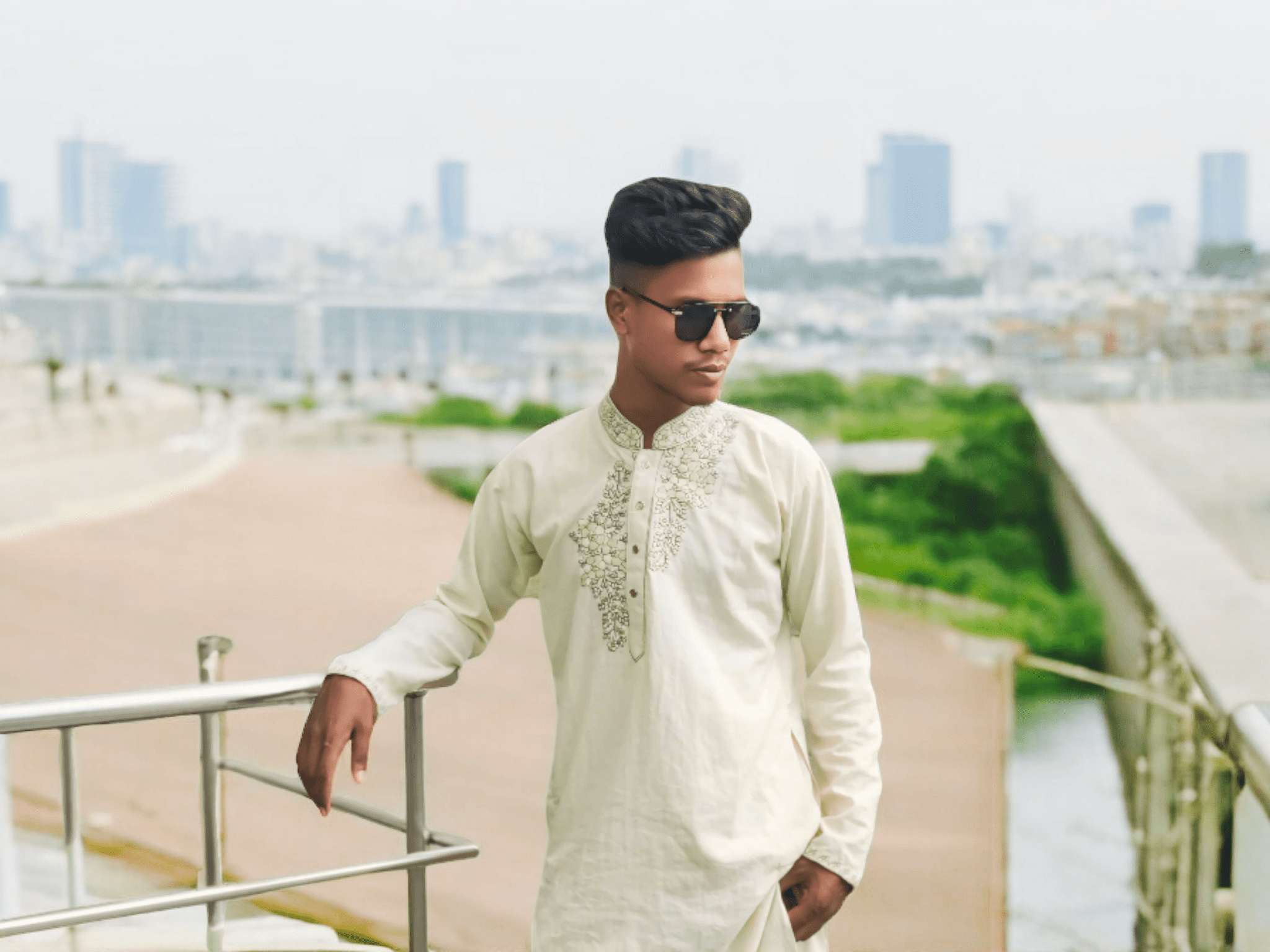
Assalamu Alaikum.. I am Mohammad Sojib I have been working in fashion for a long time I am in US and UK and I write about this topic in many places. I have been working and working on this topic for a long time
And I am a blogger I have been blogging about fashion for a long time in different places.
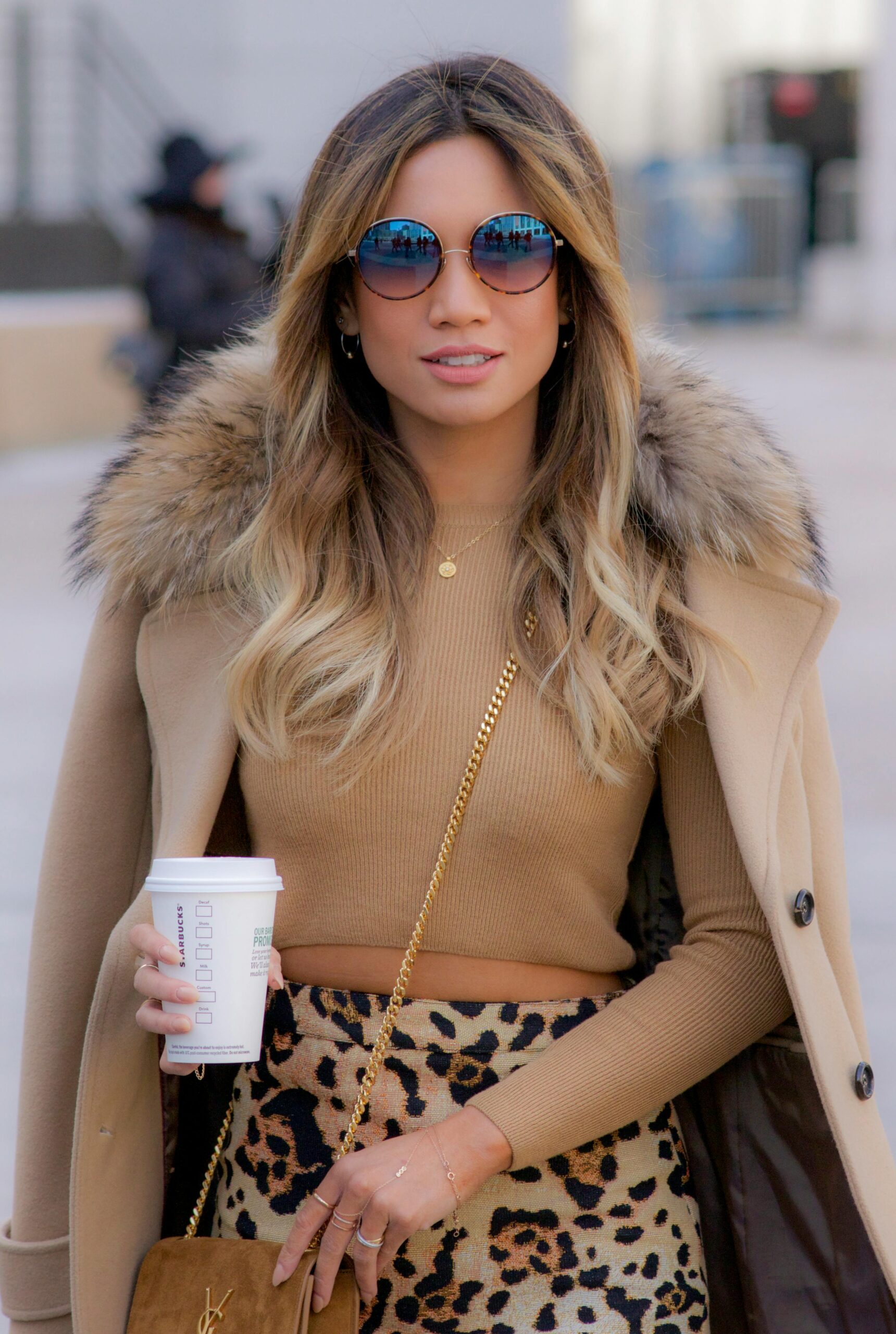
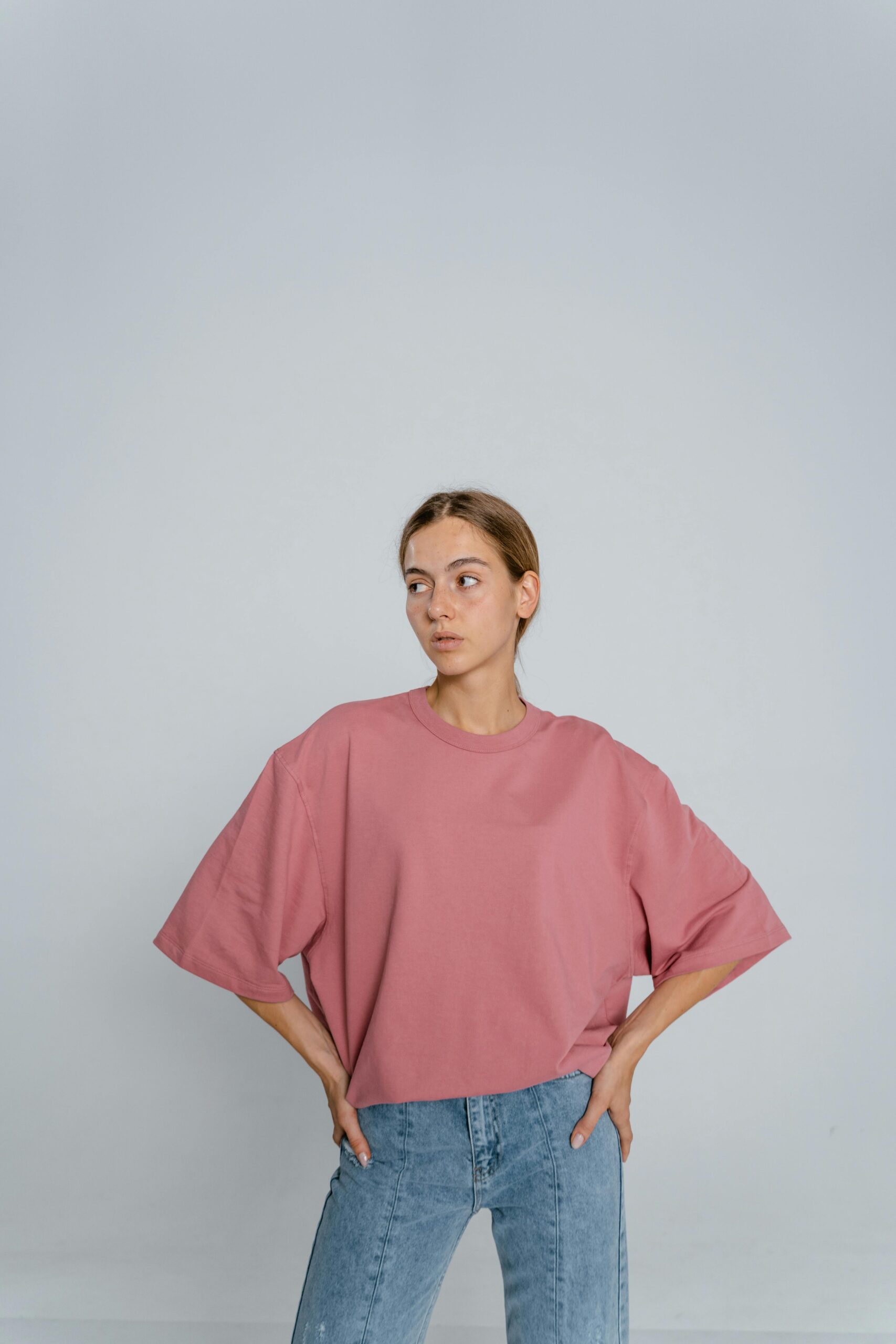
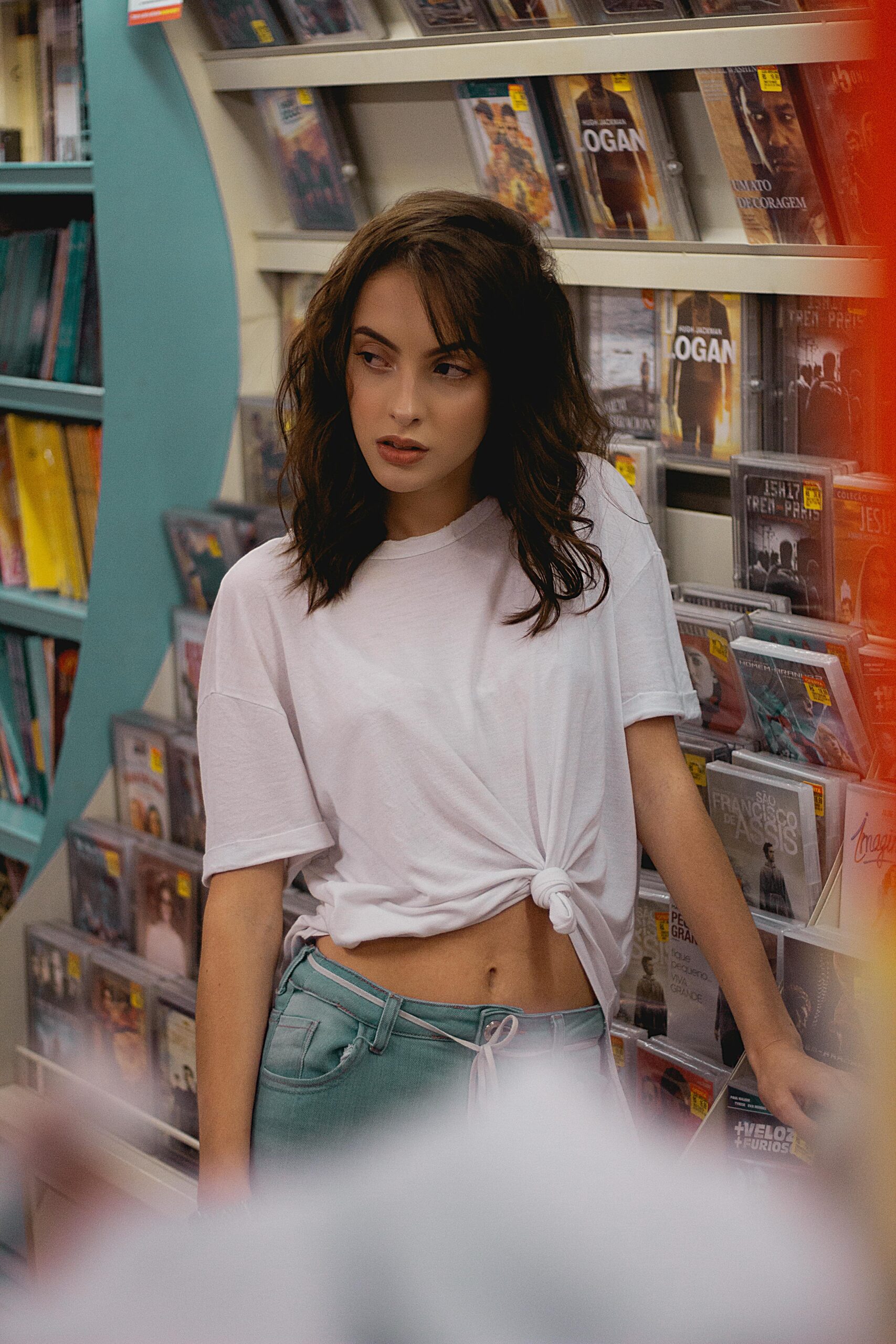





Leave a Reply